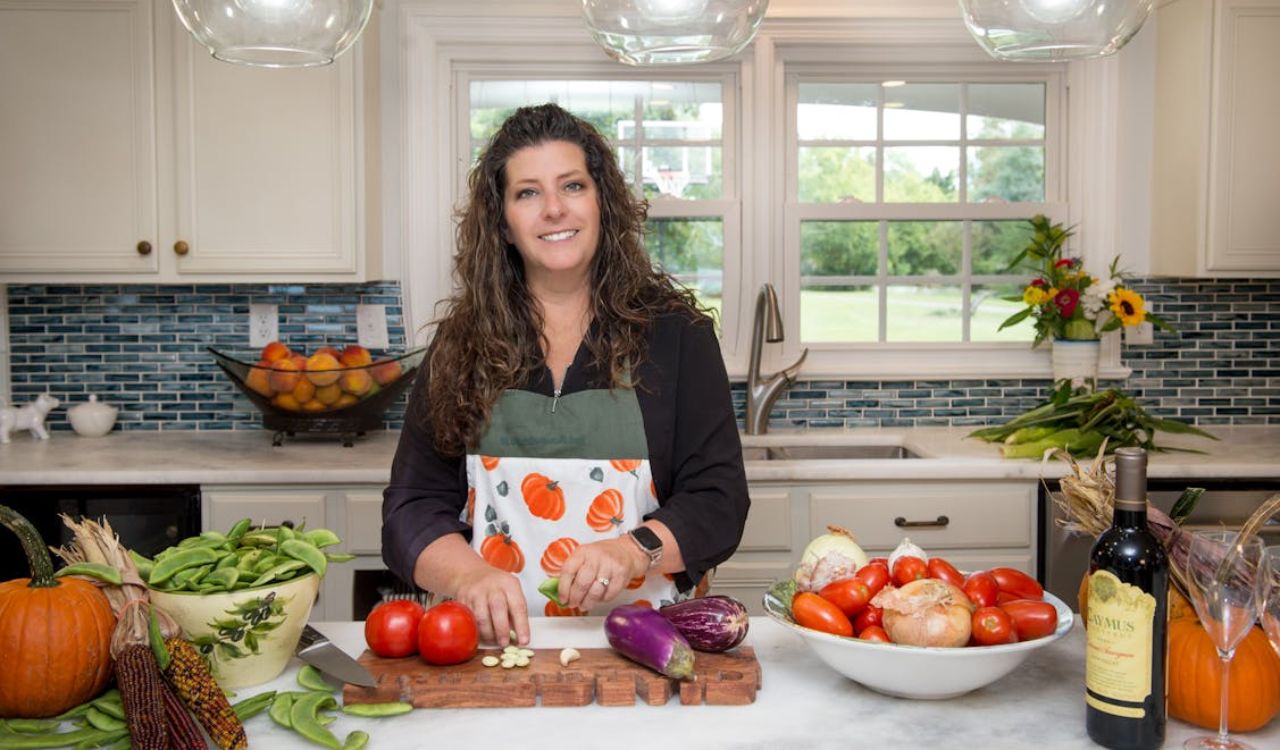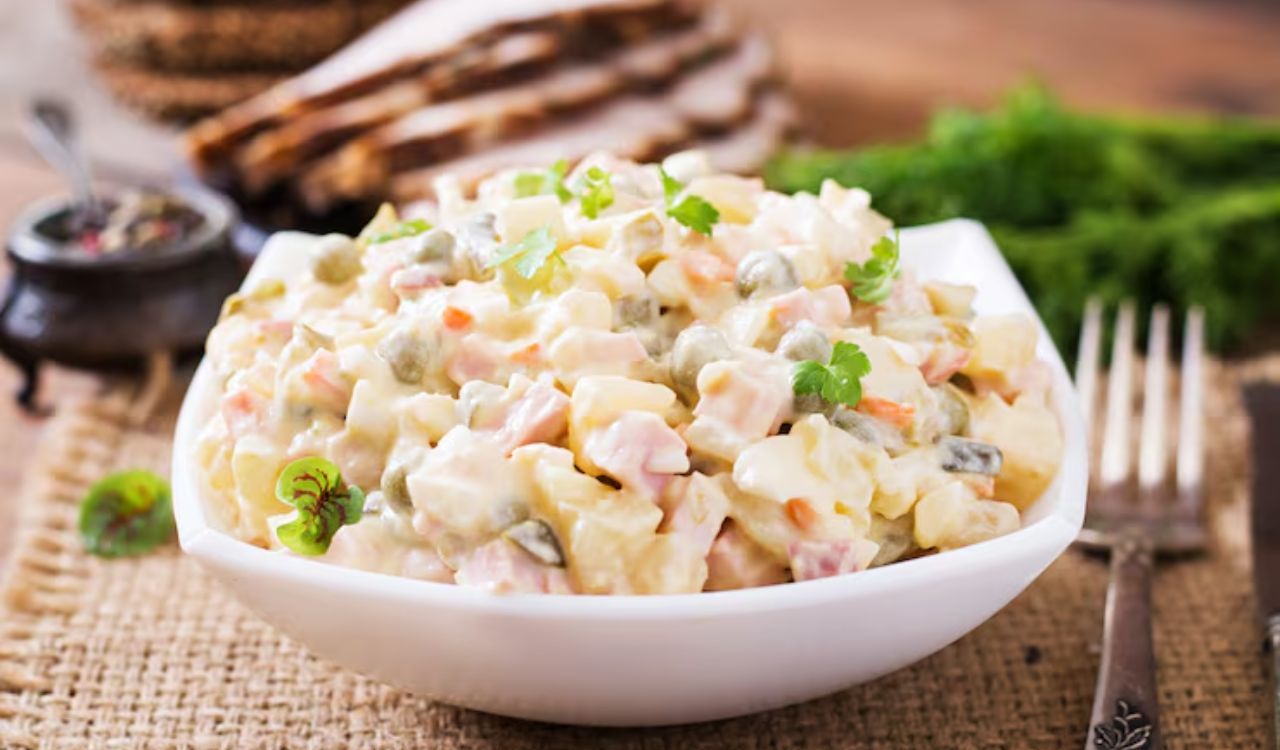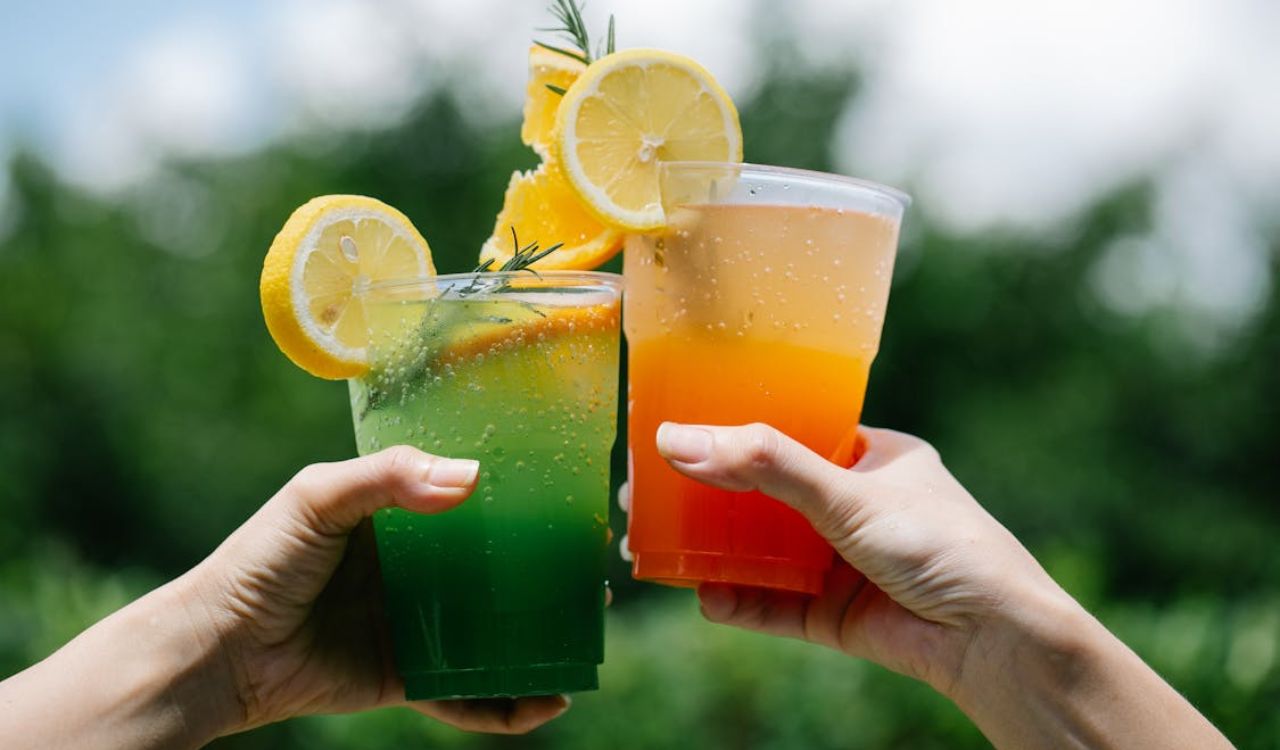10 of the World’s Most Expensive Foods and Why They Cost So Much
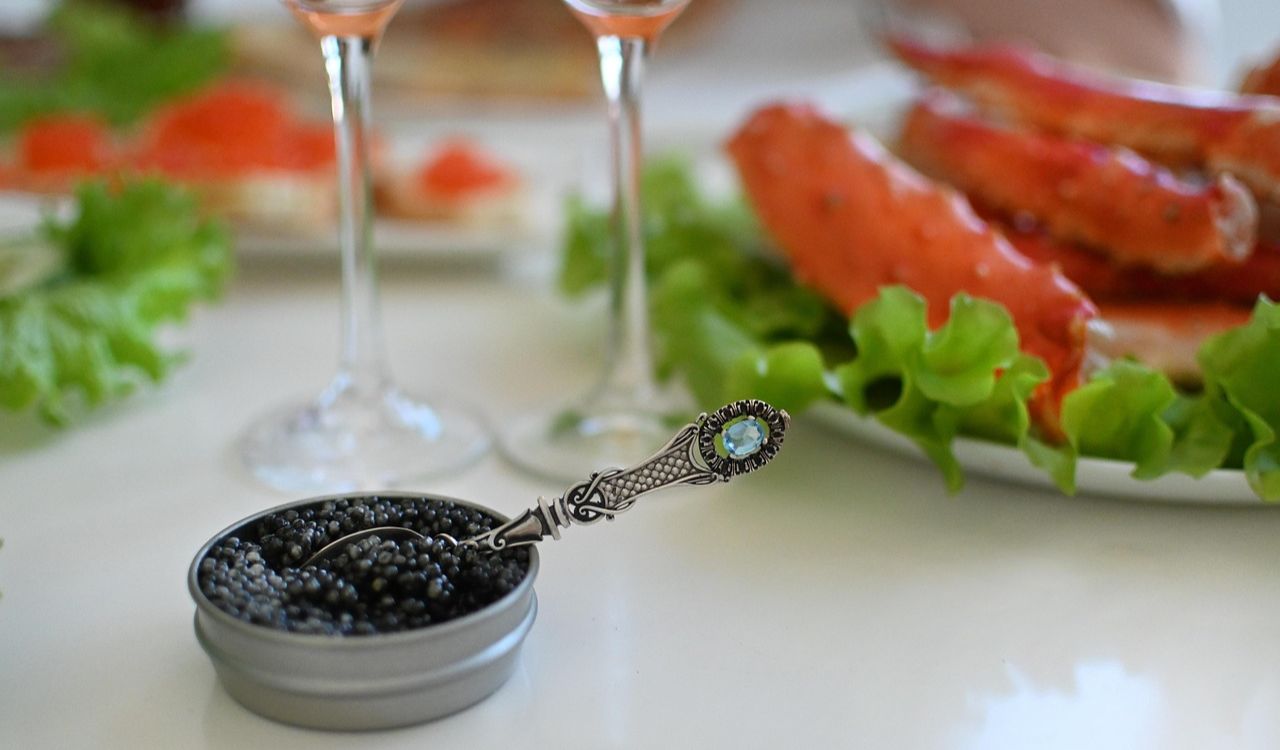
Luxury food is not just about taste; it is about rarity, craftsmanship, and story. Across the world, certain ingredients fetch astonishing prices because they are hard to cultivate, harvest, or source. These delicacies are defined by limited availability, strict production methods, and cultural prestige that elevate them beyond ordinary dining. Whether grown deep underground, hand-harvested from the ocean, or nurtured for years before serving, each of these foods offers a glimpse into how exclusivity shapes culinary value. Here are ten of the world’s most expensive foods and what makes them so extraordinary.
1. White Truffles from Alba (Italy)
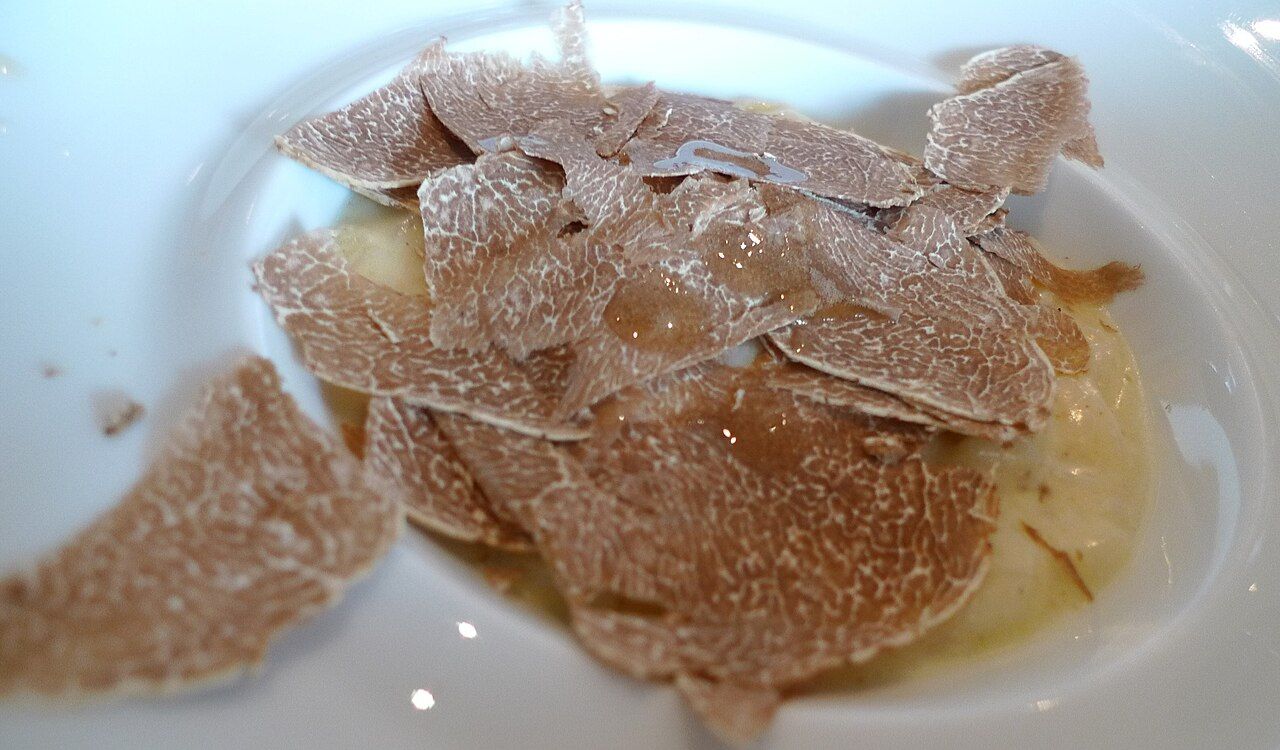
White truffles are among the rarest ingredients on Earth, found only in specific regions of northern Italy, particularly near Alba. They grow underground at the base of oak and hazelnut trees and can be located only with the help of trained dogs. The harvest season is short, and climate conditions greatly affect yield, making each truffle precious. Their sharp, earthy aroma and delicate flavor transform simple dishes like pasta or eggs into luxury experiences. Because of their rarity and demand, prices can exceed thousands of dollars per pound during peak season.
2. Saffron
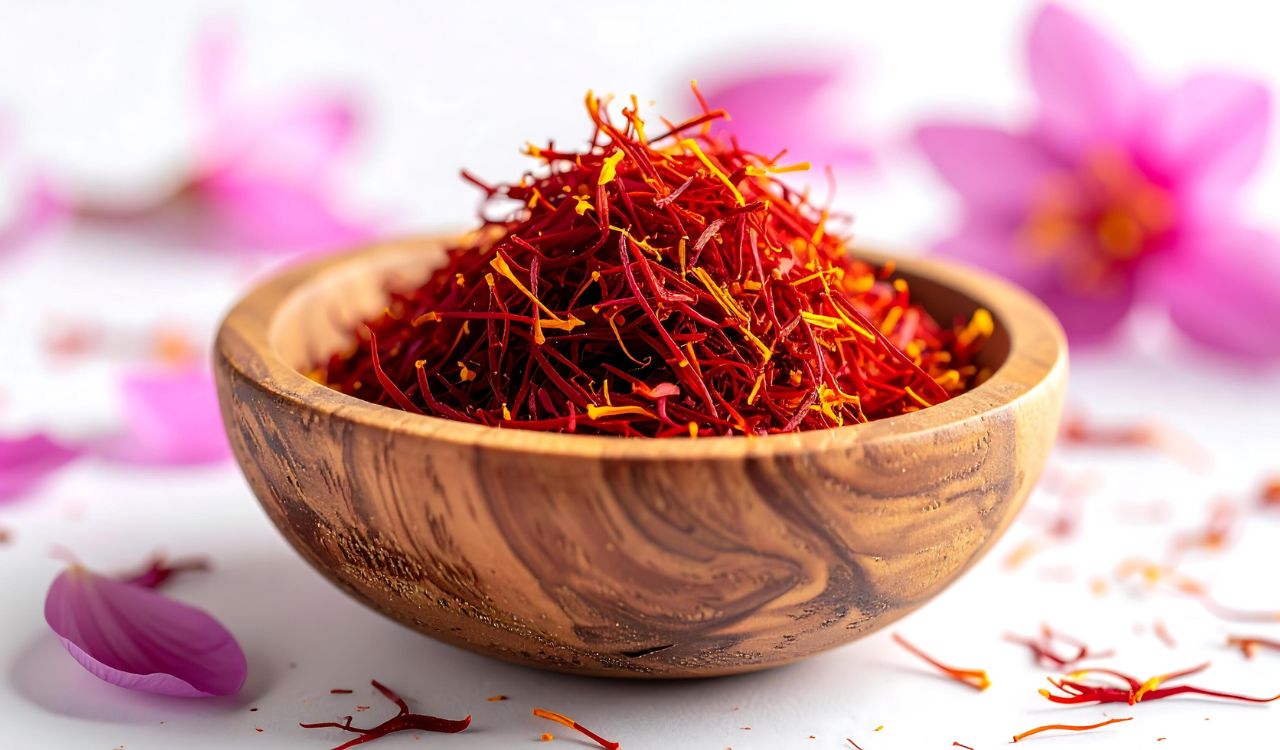
Saffron, known as “red gold,” is the most expensive spice in the world. It is made from the dried stigmas of the Crocus sativus flower, and each bloom provides only three tiny threads. Harvesting must be done by hand before sunrise to protect the delicate strands, and about 75,000 flowers are needed to produce just one pound. The spice’s vibrant color, floral aroma, and ability to enhance both sweet and savory dishes explain its high value. Top-quality saffron can cost over $5,000 per kilogram, prized by chefs and home cooks alike.
3. Kobe Beef (Japan)
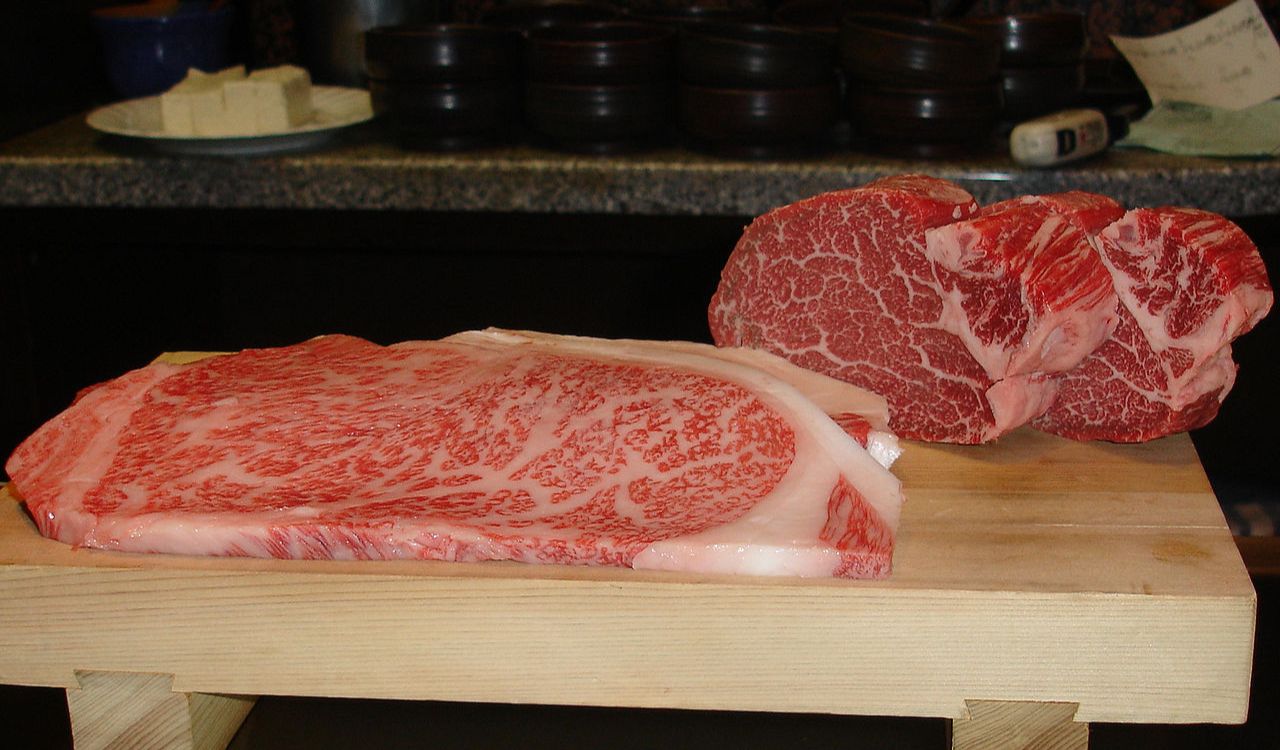
Kobe beef comes from the Tajima strain of Wagyu cattle raised under strict conditions in Japan’s Hyogo Prefecture. Each cow must meet precise standards for marbling, lineage, and quality before earning the Kobe label. Farmers feed them specialized diets and monitor their well-being closely to ensure tender, buttery meat with an unmatched flavor profile. Due to limited production and international demand, Kobe beef commands premium prices worldwide. A single steak can cost several hundred dollars, making it one of the most luxurious meats ever served.
4. Almas Caviar (Iran)
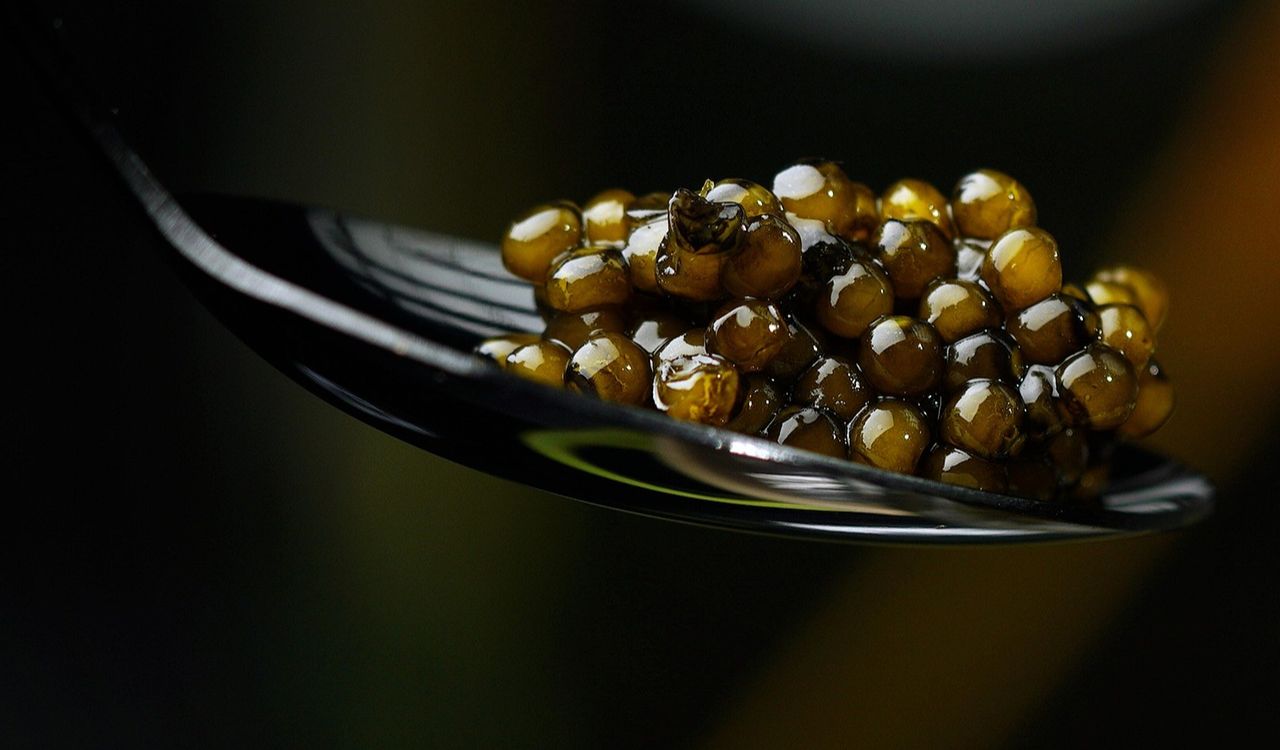
Almas caviar, derived from the eggs of the rare albino beluga sturgeon found in the Caspian Sea, is the ultimate symbol of culinary luxury. The fish can live for over 100 years, and their eggs develop a unique, delicate flavor with subtle nutty notes. Almas, which means “diamond” in Russian, is packaged in 24-karat gold tins and can cost over $30,000 per kilogram. The rarity of the sturgeon, the aging process, and the meticulous handling all contribute to its staggering price. It remains one of the most exclusive delicacies in the world.
5. Yubari King Melon (Japan)
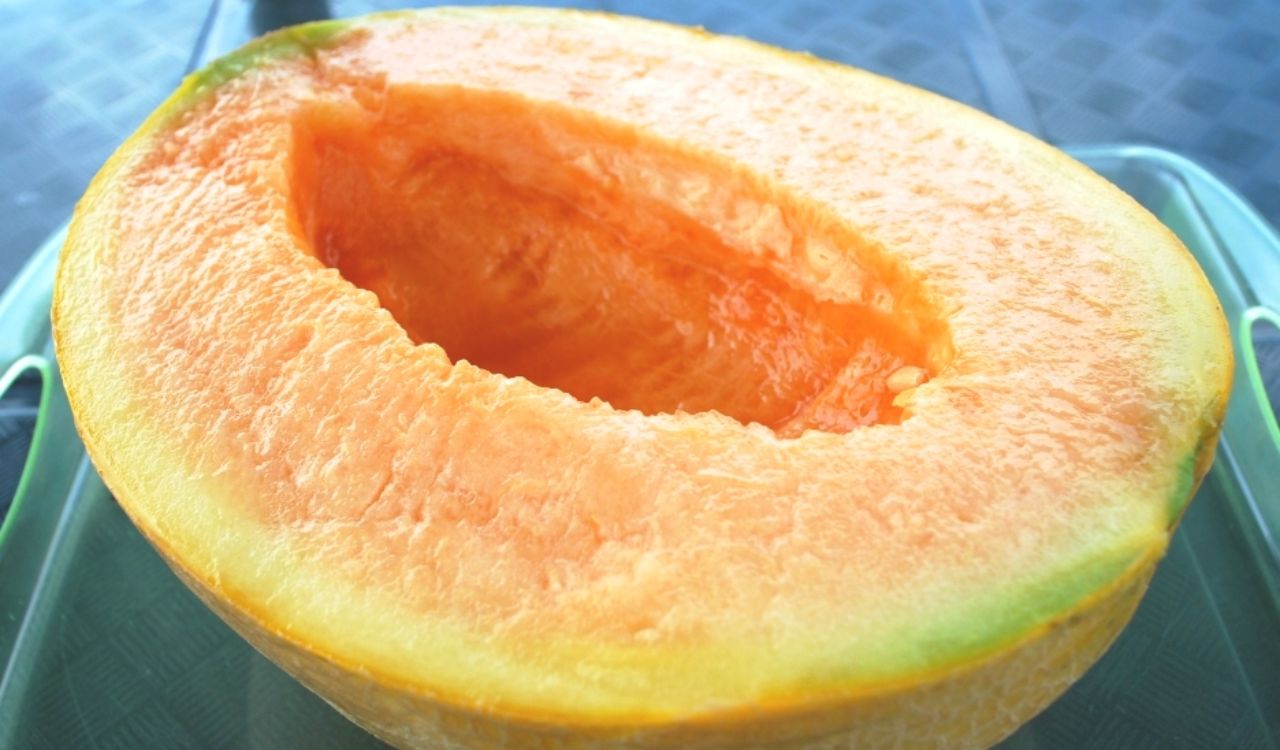
The Yubari King melon, cultivated exclusively in Japan’s Hokkaido region, is renowned for its perfect sweetness, smooth rind, and fragrant aroma. Farmers carefully prune each vine to produce only one fruit, ensuring ideal flavor and shape. These melons are often given as prestigious gifts during special occasions, and top-quality pairs have fetched more than $20,000 at auction. Their high price reflects not just their rarity but also the cultural value placed on perfection and presentation in Japanese gift-giving traditions. Each melon represents craftsmanship and pride in every slice.
6. Bluefin Tuna (Japan)
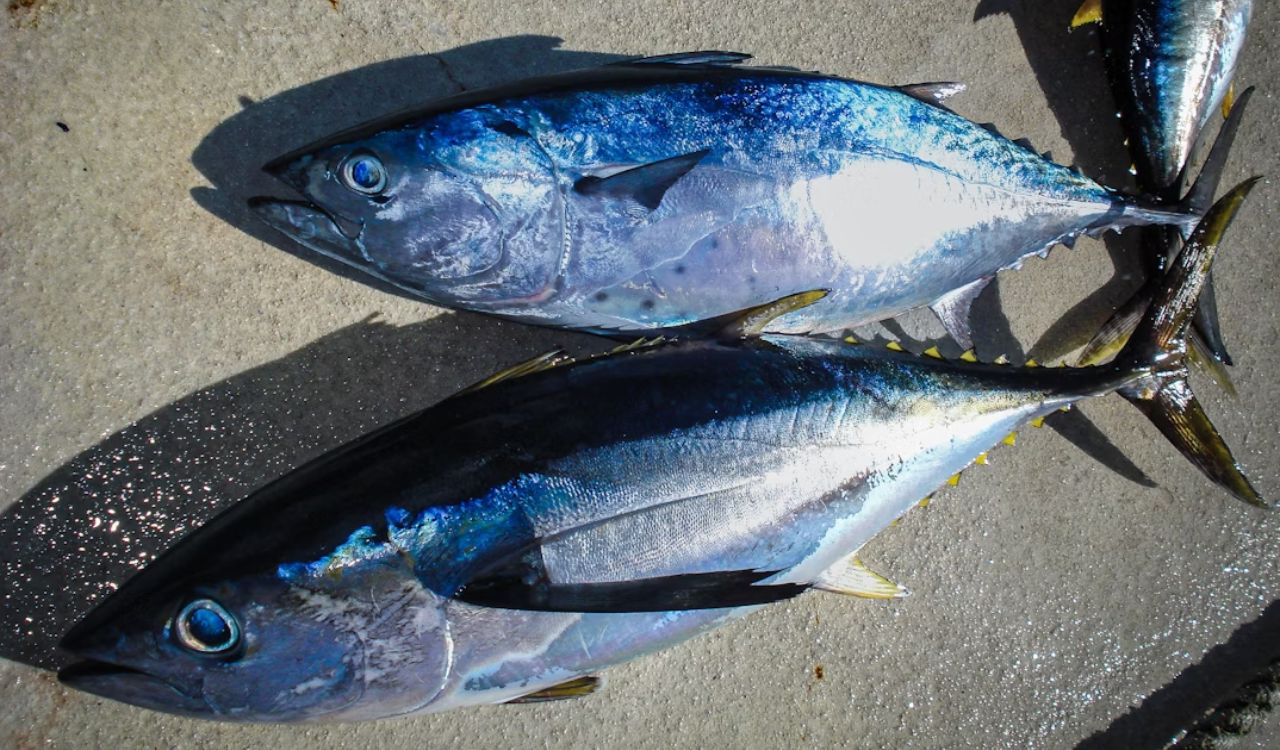
Bluefin tuna is one of the most valuable fish in the world, especially prized in Japan for sushi and sashimi. Its rich, fatty texture and deep flavor make it a delicacy that chefs and collectors compete for at Tokyo’s fish markets. Due to overfishing and strict international quotas, bluefin populations have declined, driving prices even higher. Record-breaking auctions have seen single tuna sell for over a million dollars. Each catch represents not only culinary excellence but also environmental complexity, balancing demand for luxury with conservation concerns.
7. Bird’s Nest Soup (China)
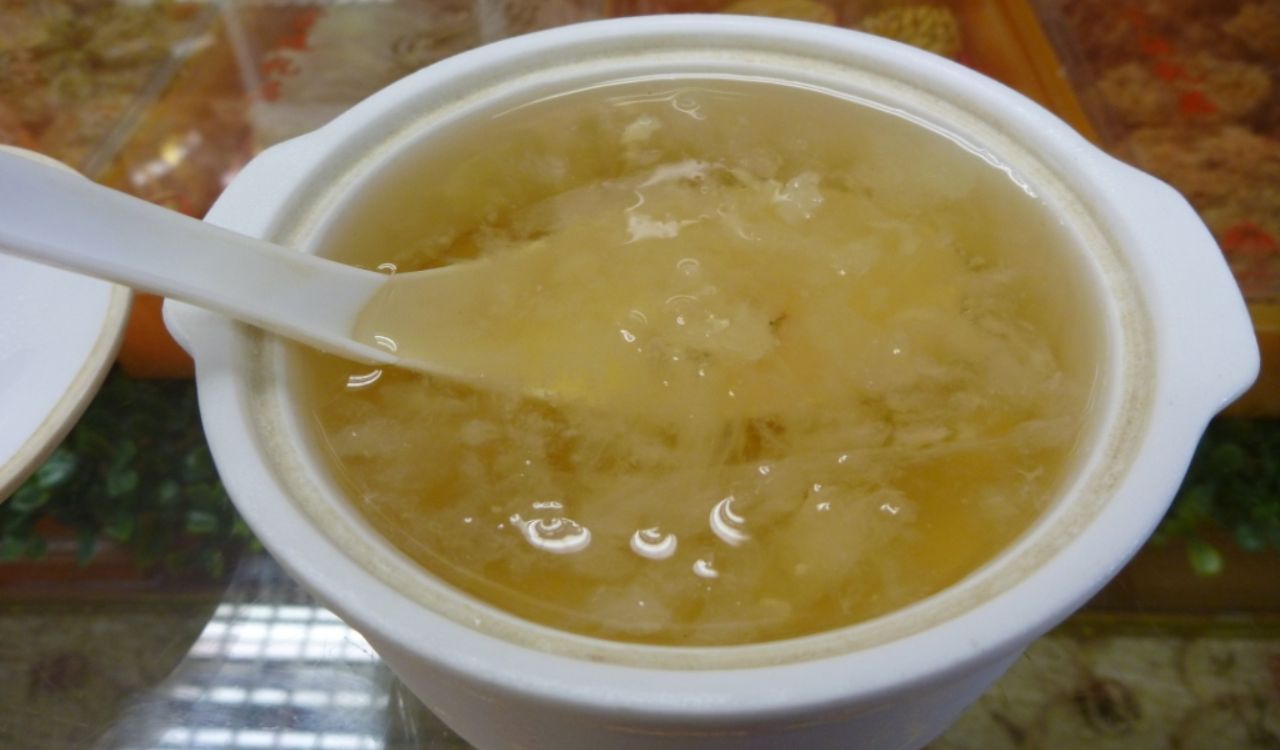
Bird’s nest soup, a delicacy in Chinese cuisine, is made from the hardened saliva nests of swiftlets that cling to cave walls in Southeast Asia. Collecting the nests is dangerous and labor-intensive, as harvesters climb steep rock faces to retrieve them. Once cleaned and soaked, the nests create a gelatinous texture prized for its delicate sweetness and supposed health benefits, including improving skin and immunity. Because of the perilous harvest and limited supply, bird’s nests can cost thousands per pound, making this dish a rare symbol of luxury and longevity.
8. Matsutake Mushrooms (Japan)
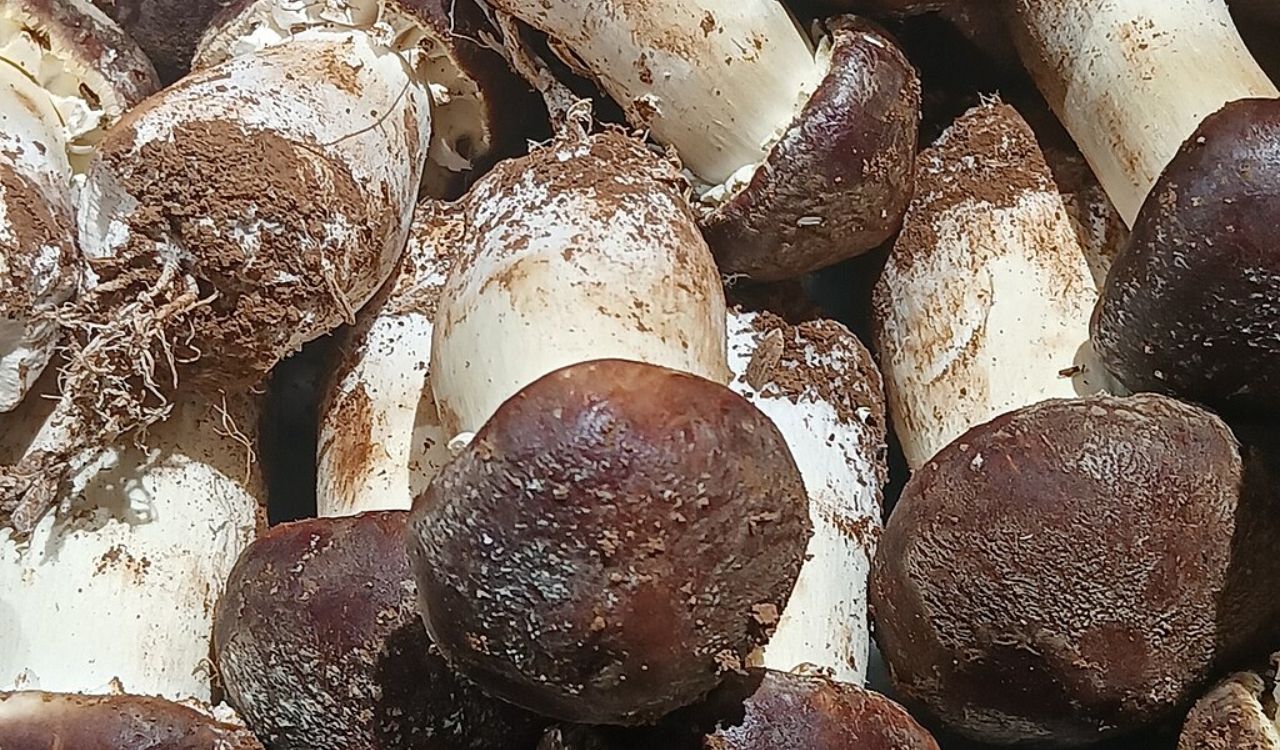
Matsutake mushrooms are one of Japan’s most celebrated seasonal ingredients. They grow wild under specific pine trees and cannot be farmed, which makes them increasingly rare as forests decline. The mushrooms have a distinct spicy, pine-like aroma and are often used in rice dishes, soups, and grilled preparations during the autumn season. Their scarcity and cultural importance drive prices as high as $1,000 per pound for top-grade specimens. For many Japanese families, enjoying matsutake is both a seasonal celebration and a cherished culinary tradition.
9. Moose Cheese (Sweden)
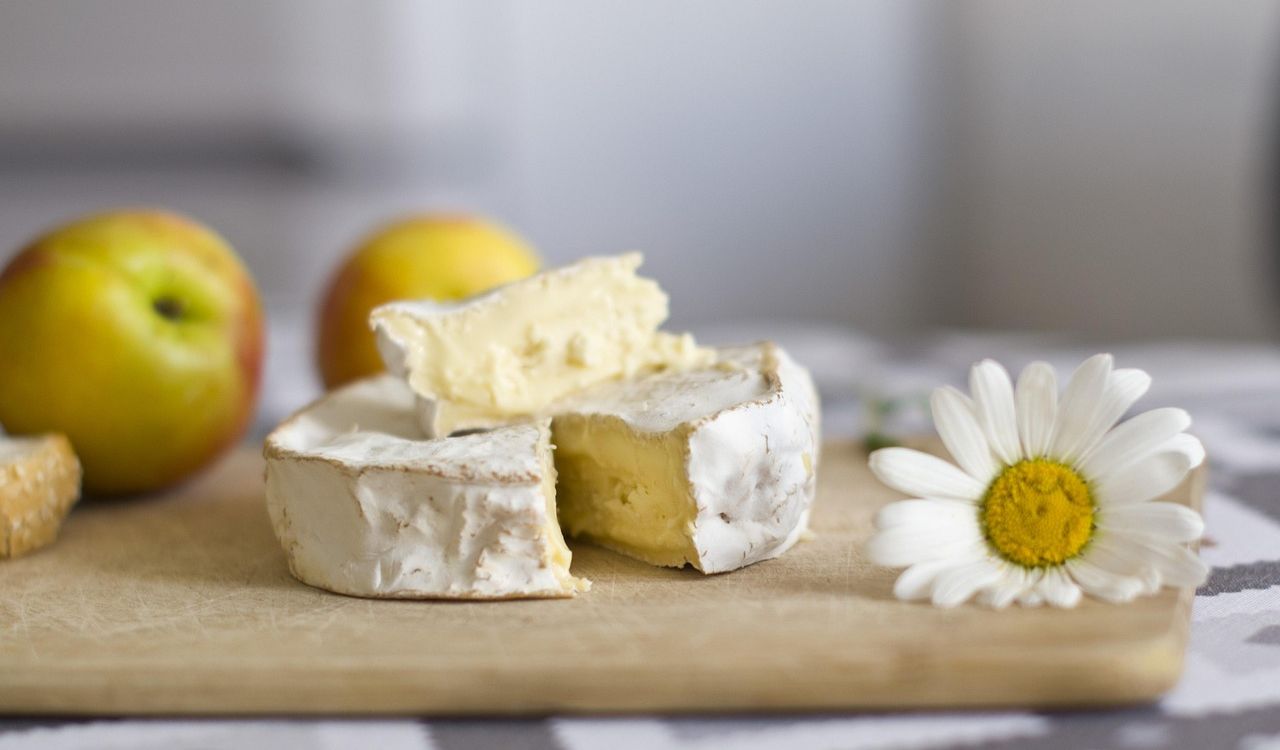
Produced exclusively at a small farm in Sweden called Älgens Hus, moose cheese is one of the rarest dairy products on Earth. Only three moose provide milk for its production, and each can be milked for only a few months per year. The process is delicate and time-consuming, as moose are sensitive animals that require gentle handling. The resulting cheese has a tangy, creamy flavor and sells for around $1,000 per kilogram. Its extreme scarcity and artisanal process make it a true curiosity for food enthusiasts seeking the extraordinary.
10. Real Vanilla Beans from Labor-Intensive Orchids
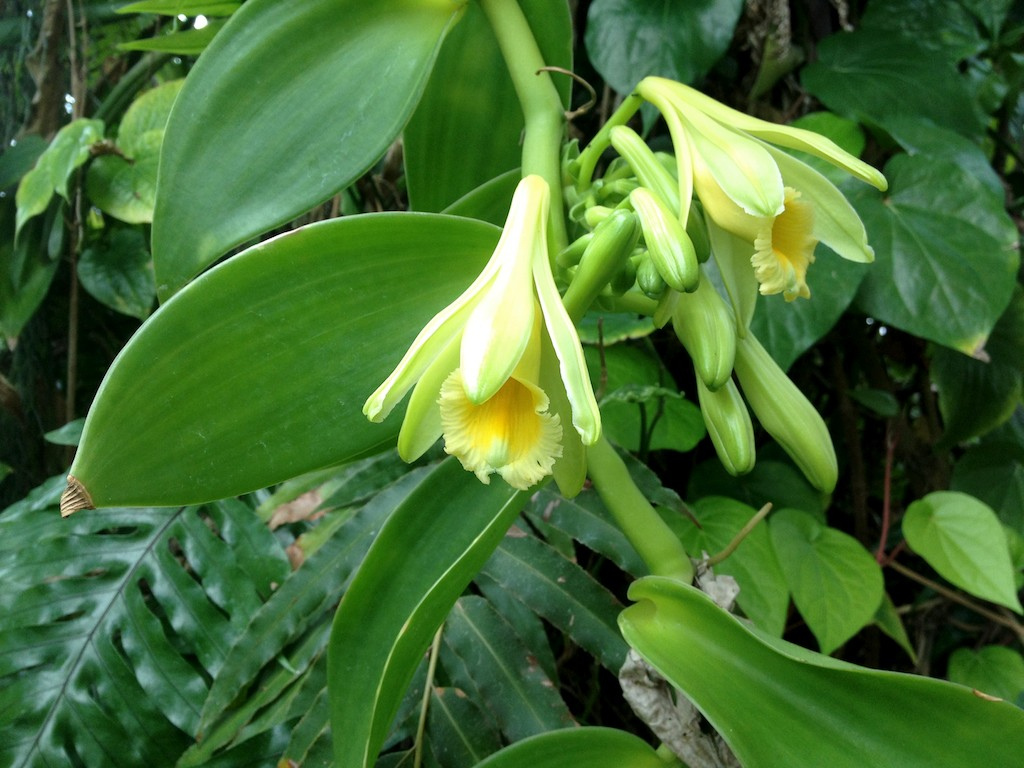
Here’s the thing about real vanilla: it’s expensive because the plant refuses to make anything easy. Vanilla orchids bloom for a single day, and growers have just a few morning hours to hand-pollinate each flower. Miss that window and you lose the entire pod. After harvest, the beans go through weeks of curing, sweating, drying, and resting so their flavor can deepen. Most of this work happens in places with limited infrastructure and high climate risk, which drives the price up even more. By the time a plump, fragrant bean reaches a bakery or home kitchen, it carries months of careful labor and the fragility of a crop that can’t be rushed.



